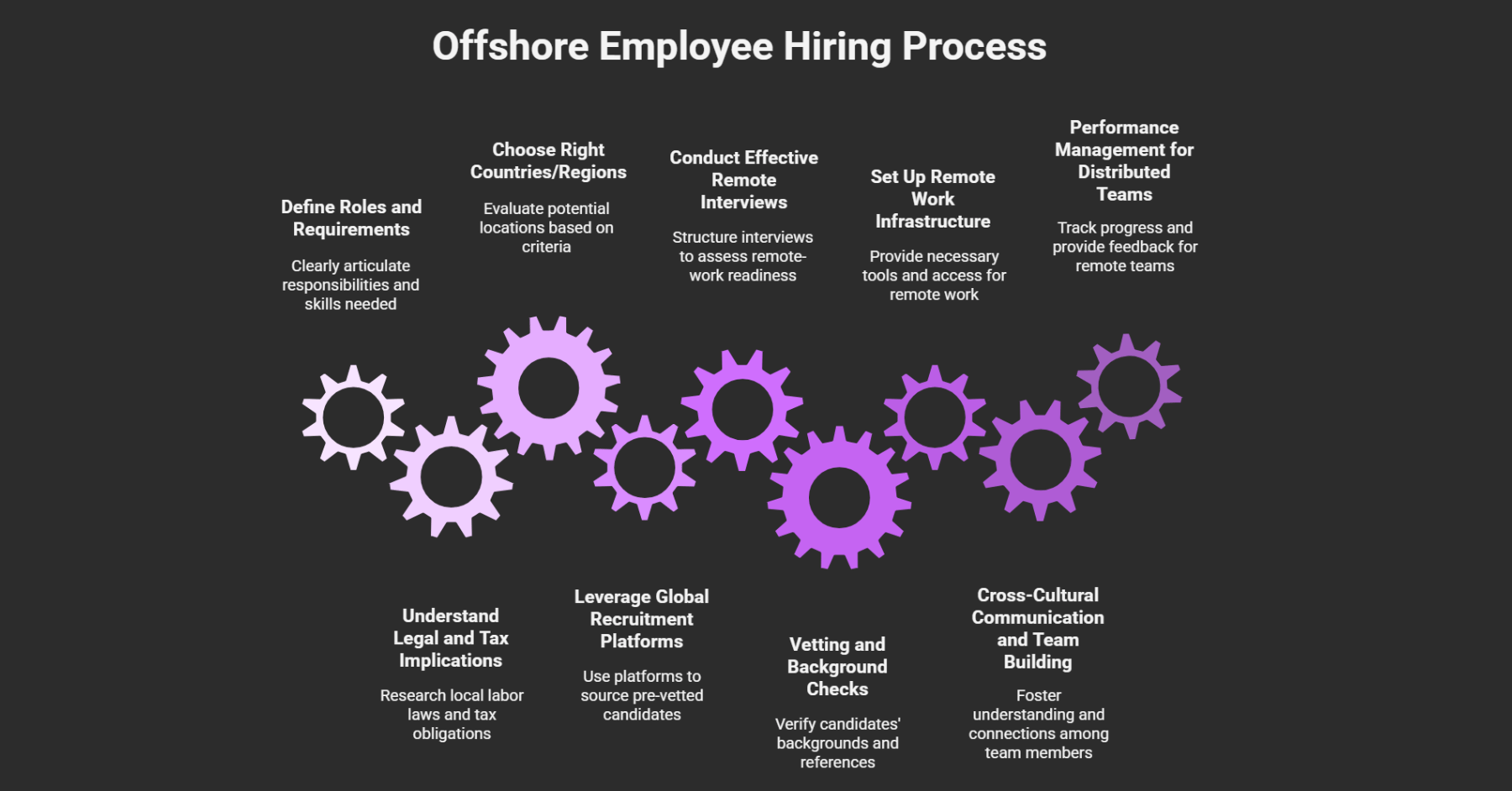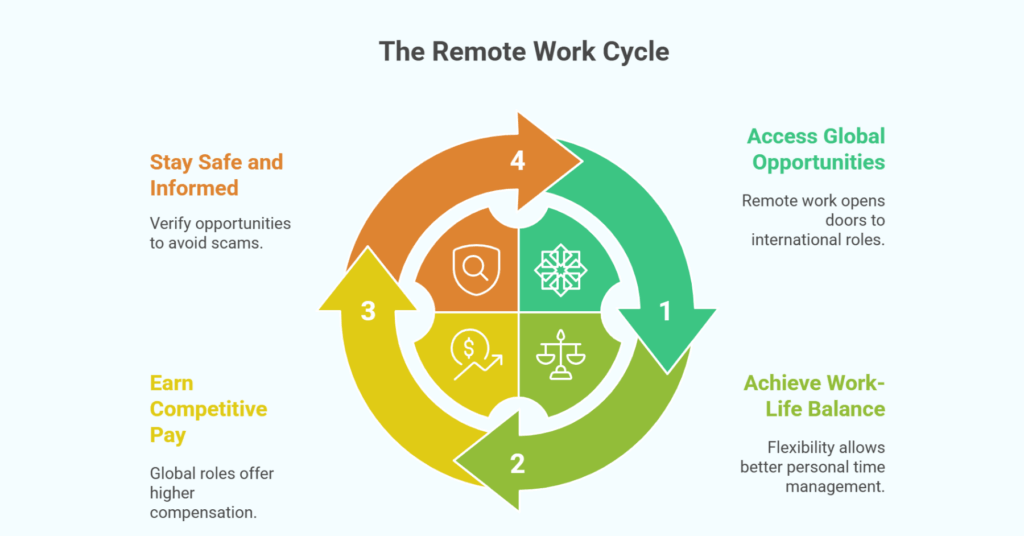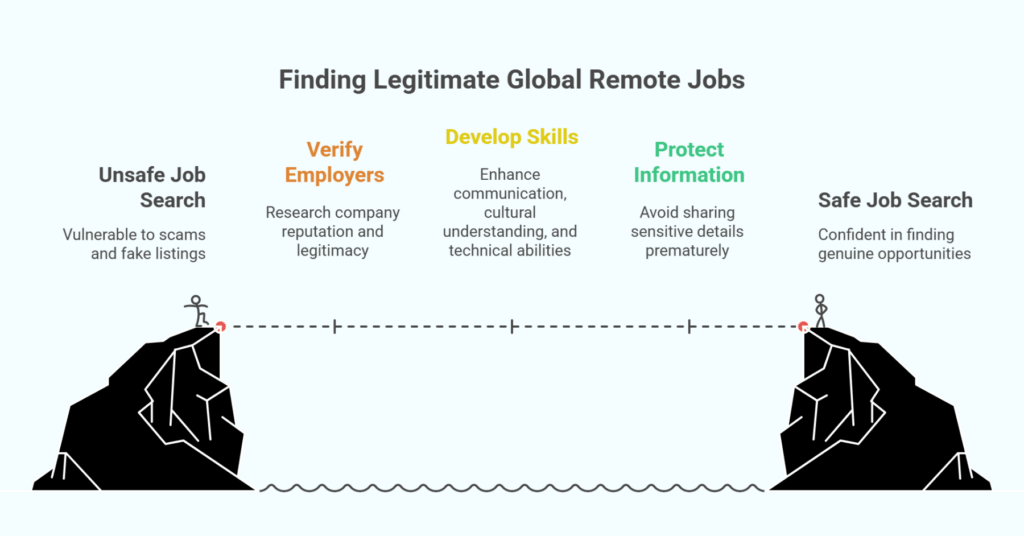“How to Hire Offshore Employees: Streamline your global talent acquisition with confidence and compliance.”
As businesses expand globally, hiring offshore employees has become a strategic necessity for scaling operations and accessing specialized skills cost-effectively. Offshore recruitment allows companies to tap into diverse talent pools across multiple regions, enabling around-the-clock productivity and fresh perspectives. However, navigating legal compliance, cultural differences, and remote integration can be daunting without a clear roadmap. This guide provides a practical, phase-by-phase approach— from defining role requirements and understanding tax implications to sourcing candidates, conducting virtual interviews, and crafting a seamless onboarding experience. By following these proven steps, companies can mitigate risks, streamline processes, and build high-performing offshore teams. Whether you’re filling niche technical roles or augmenting customer support, mastering the offshore hiring process will unlock new growth opportunities and strengthen your competitive edge in the global marketplace.
Phase 1: Planning & Preparation
A successful offshore hiring strategy begins with rigorous planning to ensure alignment with business goals and compliance requirements.
1. Defining roles and requirements for offshore suitability
Clearly articulate the responsibilities, deliverables, and performance metrics for each offshore role. Document the essential technical skills, soft skills, and time-zone or language requirements to prevent scope creep. Specify which tasks require independent work versus collaboration, ensuring candidates understand expectations. A well-defined role reduces ambiguity and attracts qualified applicants whose capabilities precisely match organizational needs, minimizing onboarding friction and optimizing team productivity.
2. Understanding legal and tax implications
Research local labor regulations, employment contracts, payroll taxes, and benefits obligations in the target country before initiating recruitment. Engage legal counsel or a professional employer organization to interpret complex regulations around minimum wage, social security contributions, and termination protocols. Ensure compliance with data privacy laws—such as GDPR or equivalent—to safeguard employee information. Proactively addressing these legal considerations prevents costly penalties, fosters trust, and streamlines cross-border employment processes.
3. Choosing the right countries/regions
Evaluate potential locations by assessing factors like talent availability, language proficiency, political stability, and time-zone compatibility. Review economic indicators such as average salary levels and cost of living to optimize cost-efficiency. Consider cultural aspects that align with your company’s values and communication style, as cultural misalignment can hinder collaboration. Creating a scorecard with weighted criteria helps compare regions objectively, guiding you to select optimal locations for your offshore workforce.
Phase 2: Sourcing & Selection
Once prepared, leverage global sourcing channels and rigorous evaluation methods to identify the best offshore talent.
1. Leveraging global recruitment platforms
Use specialized offshore hiring platforms that aggregate pre-vetted candidates across industries and geographies. Configure filters for skills, experience, and availability to curate a shortlist efficiently. Advanced matching algorithms reduce manual screening time, while platform security measures protect sensitive data. Engaging with a vetted talent network ensures you access highly qualified candidates quickly, accelerating time-to-hire and reducing recruitment costs.
2. Conducting effective remote interviews
Structure virtual interviews around clear competencies and situational questions that evaluate remote-work readiness. Use video conferencing tools with features like screen sharing and recording to simulate collaborative environments. Share interview agendas in advance to put candidates at ease and maximize engagement. Involve multiple stakeholders across time zones to gather diverse perspectives. Document evaluation criteria to ensure consistent, bias-free assessment of each candidate’s technical skills and cultural fit.
3. Vetting and background checks for international candidates
Implement multi-layered background checks that include criminal, education, and employment verifications, tailored to local legal frameworks. Partner with reputable international screening services to navigate country-specific requirements and data-protection laws. Request professional and personal references to validate candidates’ soft skills, reliability, and performance in remote settings. Transparently communicate the screening process to candidates to uphold trust and prevent surprises later in the hiring cycle.
Phase 3: Onboarding & Integration
Integrate offshore hires seamlessly into your operations with structured onboarding and robust support systems.
1. Setting up remote work infrastructure
Provide all necessary hardware, software licenses, and secure VPN access before the start date. Pre-configure collaboration tools—such as Slack, Asana, or GitHub—and grant permissions to relevant channels and repositories. Create a centralized knowledge base with process documentation, guidelines, and troubleshooting resources. Establish clear IT support channels to address technical issues promptly, ensuring new hires can contribute from day one.
2. Cross-cultural communication and team building
Develop a communication playbook that outlines preferred channels, response time expectations, and meeting protocols to bridge time-zone gaps. Schedule regular virtual coffee chats, team retrospectives, and cultural‐exchange sessions to foster personal connections. Provide cultural-competency training for all employees to promote mutual understanding and respect. Recognize and celebrate key local holidays to demonstrate inclusivity and support remote team members’ cultural identities.
3. Performance management for distributed teams
Set measurable objectives and key results (OKRs) aligned with business goals, reviewed in weekly or biweekly check-ins. Use project-management dashboards to visualize progress and identify roadblocks. Incorporate continuous feedback loops, peer reviews, and recognition programs to reinforce desired behaviors and outcomes. Offer development opportunities—such as virtual workshops and mentorship—to maintain engagement and skill growth. Consistent performance tracking ensures accountability and sustained productivity across your offshore workforce.
How Remote Recruit Simplifies Your Offshore Hiring
Remote Recruit is your end-to-end partner for hiring offshore employees efficiently and compliantly. Our platform provides direct access to a pre-vetted global talent pool spanning 60+ countries, saving you weeks of traditional sourcing. AI-driven candidate matching ensures you connect with professionals whose skills, experience, and time-zone availability align precisely with your requirements. Integrated video-resume and one-click interview tools streamline screening and evaluation, reducing time-to-hire by up to 50%. Automated compliance workflows handle contract creation, payroll setup, and benefits enrollment across jurisdictions, eliminating administrative burden and legal risks. Performance dashboards and collaboration integrations deliver real-time insights into team productivity and engagement, enabling you to optimize processes continuously. With Remote Recruit, you gain the confidence and support needed to build a resilient, high-performing offshore team that drives global growth.
Conclusion
Hiring offshore employees offers transformative advantages—significant cost savings, access to specialized talent, rapid team scalability, and resilient operations around the clock. By following a structured approach encompassing careful planning, targeted sourcing, rigorous assessment, and welcoming onboarding, companies can mitigate risks and unlock the full potential of a global workforce. Embracing offshore hiring not only enhances productivity but also fosters innovation and market agility, positioning your organization to compete on the world stage. Remote Recruit equips you with the tools, data-driven insights, and expert support to navigate the complexities of offshore recruitment seamlessly. As businesses look to future-proof their operations, mastering offshore hiring will be a key differentiator in securing top talent and achieving sustainable growth.
Frequently Asked Questions
Q1: What is offshore hiring and why should companies consider it?
Offshore hiring involves employing staff in other countries to leverage cost advantages and access specialized skills not available locally. Companies should consider it to reduce overhead, accelerate scalability, and diversify their talent pool.
Q2: How do legal and tax implications vary by country?
Each jurisdiction has unique labor laws, tax requirements, and benefits obligations. Engaging local legal counsel or PEO services ensures compliance with employment contracts, payroll taxes, and social security contributions, preventing financial and legal risks.
Q3: What challenges arise when managing offshore teams?
Common challenges include time-zone coordination, cultural differences, communication gaps, and ensuring data security. Address these by establishing clear processes, using collaboration tools, offering cultural training, and implementing robust IT security measures.
Q4: How can I ensure high productivity with offshore employees?
Set clear objectives, use performance tracking tools, and schedule regular feedback sessions. Foster engagement through virtual team-building, recognition programs, and continuous development opportunities to maintain motivation and accountability.
Q5: Why choose Remote Recruit for offshore hiring?
Remote Recruit streamlines sourcing, assessment, and compliance with AI-driven candidate matching, integrated interview tools, and automated legal workflows—reducing time-to-hire by up to 50% and ensuring a seamless, risk-free process.
Ready to build your offshore dream team? Sign up on Remote Recruit to get started.




